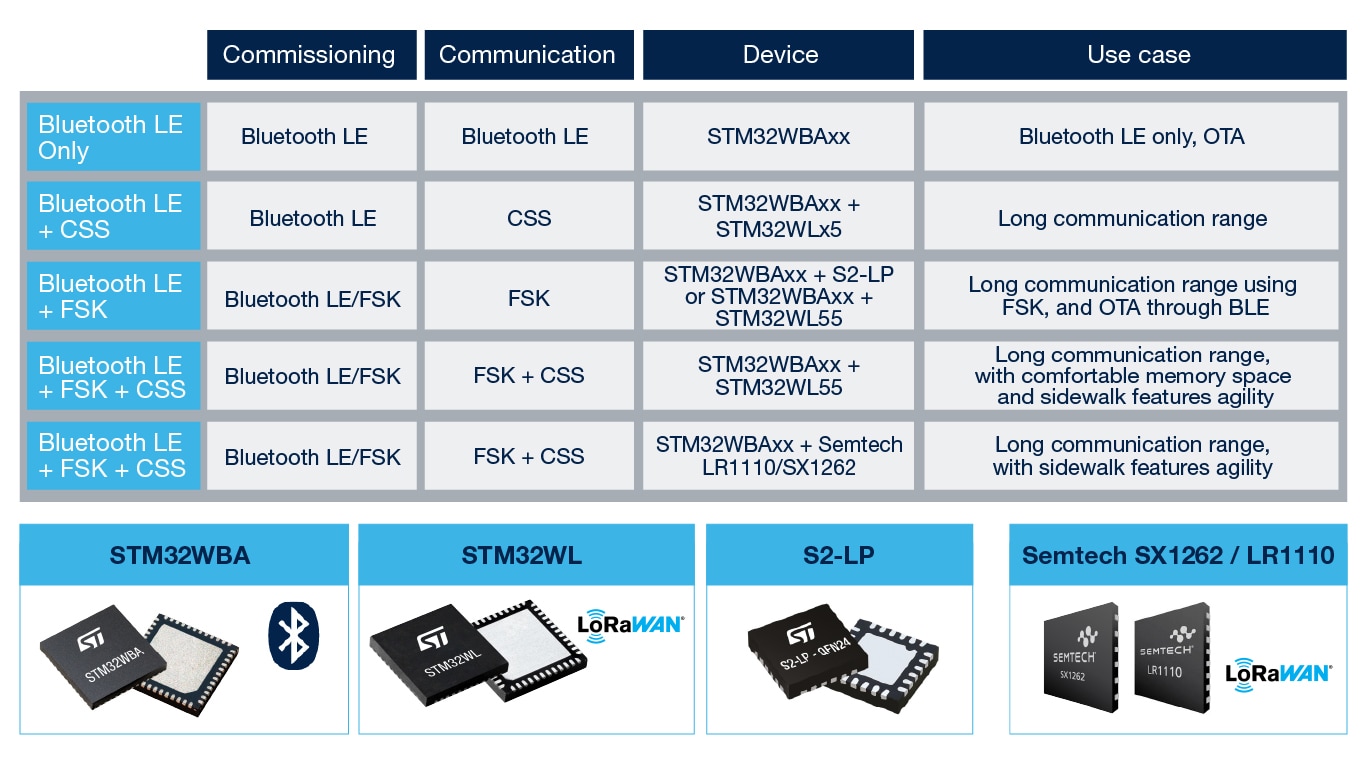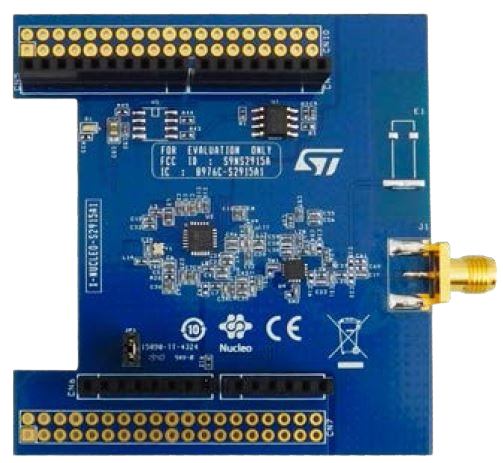Amazon Sidewalk is a groundbreaking shared network designed to enhance the connectivity and functionality of compatible devices. By leveraging Sidewalk relays (Bridges), such as select Echo and Ring devices, it extends the coverage of low-bandwidth networks, ensuring that devices remain connected to the cloud even beyond the confines of home perimeter.
This innovative and standardized technology opens the door to a host of new experiences, including seamless item location and enhanced control of smart home services.
Amazon Sidewalk is built with robust privacy and security measures to safeguard customer data, providing peace of mind while enjoying the benefits of a more connected environment.
Applications



In an Amazon Sidewalk network, connected devices play crucial roles in ensuring seamless connectivity and expanded functionalities.
Sidewalk Bridge devices (Relays): devices like Echo and Ring connect Sidewalk-enabled devices to the network and internet, extending coverage beyond traditional Wi-Fi range.
Sidewalk-enabled devices: end-user devices (e.g., smart lights, pet trackers, sensors) connect via Sidewalk bridges, enhancing their functionality through extended connectivity.
Wide area community networking: devices within range of a bridge share a small portion of their internet bandwidth, creating a shared network that ensures continuous connectivity even without Wi-Fi.
- Technologies used:
- Bluetooth® LE: used for short-range between devices with low power consumption profile and for easy initial device set up.
- Sub-1GHz FSK (frequency shift keying modulation): used for data transmission between devices and to the bridges, up to a long-range of about 1 km, or beyond the fence range (referred as synchronous high distance range (HDR).
- Sub-1GHz CSS (chirp-spread-spectrum modulation): used for long distance communication between devices extending the reach of connected devices (up to about 10 kilometers), or sub-urban range (referred as asynchronous LDR: Long Distance Range).
- Sidewalk-enabled devices can be built based on:
- Bluetooth® LE only
- Bluetooth® LE + long-range (FSK)
- Bluetooth® LE + long-range (FSK & LoRa)
Understanding these roles and technologies is crucial for selecting microcontrollers with embedded wireless features to ensure seamless connectivity within the Amazon Sidewalk ecosystem.

Product types
STM32WBAx and STM32WL5 wireless MCUs series are suitable and fully supporting any kind of Amazon sidewalk device type.
The STM32WBA is based on an Arm® Cortex® M33 running at 100MHz with TrustZone® technology; it supports Bluetooth® Low Energy 5.4 with security assets required to ensure Amazon Sidewalk security criteria
The STM32WL5 is fully compatible with Amazon Sidewalk supporting the LoRa and FSK modulations. It is based on a dual core, Arm® Cortex® M4 & M0+ running at 48 MHz.
The STM32WBAx combined with the STM32WL5 solution is an Amazon Sidewalk qualified solution and provides a future-proof scalability of the application, both in terms of processing capabilities and memory footprints. Moreover, the dual-chip partitioning allows to create innovative and flexible coding architecture safeguarding the device security features during lifetime operations, such as firmware upgrade (FUOTA).
For more streamlined application requirements it’s also possible to replace the STM32WL5 wireless MCU with a more cost-effective S2-LP Sub- GHz FSK transceiver, besides the STM32WBAx. This solution will provide BLE + FSK enabled coverage (no CSS modulation supported) capable of addressing a wide variety of connectivity range requirements.
The STM32WBAx and STM32WL5 MCUs are available on the NUCLEO-WBA65RI, NUCLEO-WBA55CG and NUCLEO-WL55JC1. The S2-LP is available as an expansion kit with the X-NUCLEO-S2915A1.

Development tools for Amazon sidewalk products

Development tools for Amazon sidewalk products

ST provides a comprehensive set of tools and services to facilitate the development of Amazon Sidewalk applications: the STM32 Sidewalk SDK. This package enables concurrent Bluetooth® LE and Amazon Sidewalk functionality, giving you full flexibility to use the Bluetooth® LE device for other purposes and offering a versatile approach to your Amazon Sidewalk end device. In addition to supporting concurrent Bluetooth® LE and Amazon Sidewalk operation, ST has integrated its world-class low- power technology into the STM32 Sidewalk SDK. This combines the benefits of Amazon Sidewalk with low-power STM32WBAxx devices.
Other Sidewalk benefits
Amazon Sidewalk is designed to provide a secure, easy-to-use, and efficient way to extend the connectivity and utility of smart devices. As with any technology, users should consider their own needs and privacy preferences when deciding to participate in the network.

- Improved reliability
- Redundancy: Devices can connect to a nearby Sidewalk Bridge if their connection fails, ensuring they stay online.
- Stability: Sidewalk provides consistent connections, even for devices in areas with poor connectivity.
- Simplified setup and use
- Ease of setup: Devices connect to Sidewalk automatically, requiring minimal user effort.
- User-friendly: Amazon manages the network's complexity, making it seamless for users.
- Community support
- Neighborhood network: Helps locate pets or valuables with compatible tracking devices.
- Collective benefits: The network grows stronger and more supportive as more users join.
- Device compatibility
- Broad ecosystem: Compatible with various devices like lights, sensors, and trackers for a versatile smart device ecosystem.
- Cost-efficiency
- No additional fees Utilizes a small portion of your home's Wi-Fi bandwidth without extra charges.
- Resource sharing: Efficient operation by sharing internet bandwidth, eliminating the need for separate data plans.
- Innovation and development
- Developer support: Amazon invites developers to create new applications and devices for the Sidewalk network.
- Future possibilities: The network is poised to support an expanding range of IoT devices and services.
- Always upgradable fleet
- Automatic Updates: Devices receive firmware updates automatically for continuous improvements in functionality and security.




